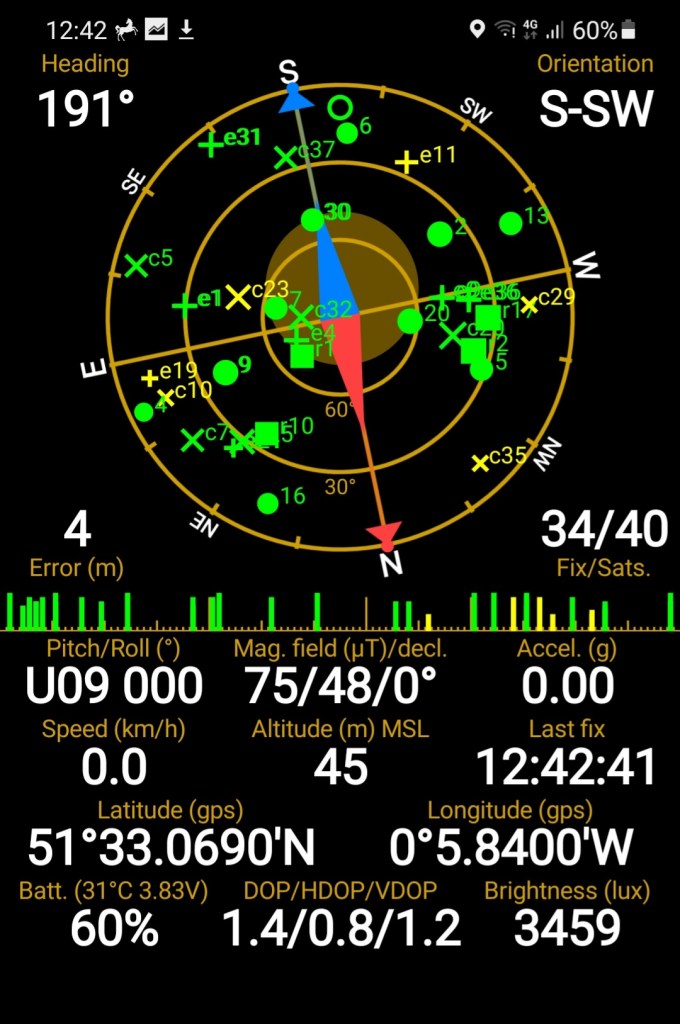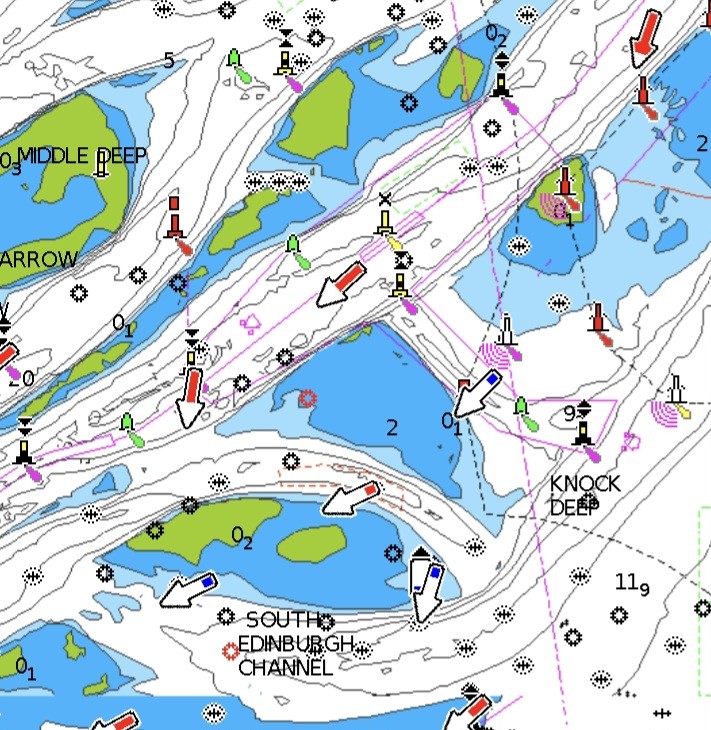Sometimes I wonder where the Royal Yachting Association has been for the last 10 years. I have just had an email from them saying “in the next ten years or so digital will become the dominant method of navigation”. In the real world of small boats, digital has been the dominant method of navigation for at least the last 10 years.
In fact, a survey four years ago by the Royal Institute of Navigation found that the great majority of experienced navigators were already doing exactly that.
The RYA’s problem is that it has failed to update its teaching methods nearly fast enough to match what’s been happening at sea. It has been hung up on the fact that all the popular chart brands we use – Navionics, C-Map, Garmin etc etc – are technically not to be used for navigation because they are not approved by national hydrographic authorities.

The result of putting so much weight on this legalistic point is that the RYA has failed to devise an effective way of systematically teaching how to use electronic charts. It has relied far too heavily in its courses on traditional paper-based navigation techniques. Of course, traditional methods should still be taught, but the emphasis should have moved to electronics years ago.
There has been a raft of excuses, none of which really stand up to scrutiny. They and other marine organisations have now won a four year delay in the phasing out of paper charts by the UKHO, due in 2030 instead of 2026, giving more time to make up for lost ground.
As far as I can tell from its official statements, the RYA seems to be waiting for the UKHO to produce small craft charts approved by international maritime authorities before it gives its full imprimatur to electronic navigation. The RYA and others, led by the Royal Institute of Navigation, are also trying to persuade Garmin and the rest to upgrade to some kind of official status by then, which is an exceedingly hopeful timescale.
We’re not referring here just to yacht navigation: thousands of small commercial and fishing boats, including the fishing fleets and some quite substantial cargo vessels, rely on the same unofficial chart brands as yachts, because officially approved electronic systems are so expensive. To comply with the law covering commercial vessels, at the moment they all have to carry paper charts – probably stuffed unused in a drawer most of the time.
We’re Oldie sailors, brought up on paper charts and sextants, and so not anywhere near the leading edge on electronics. Yet our paper charts are on board nowadays mainly for reassurance and a bit of passage planning. With two navigation tablets at the chart table, a proper plotter at the wheel, charts on our phones for last ditch backup, and multiple spare batteries, we could, if we really had to, leave all the paper behind.
I have by the way resigned from the RYA. The Cruising Assiciation is much better value for money.
